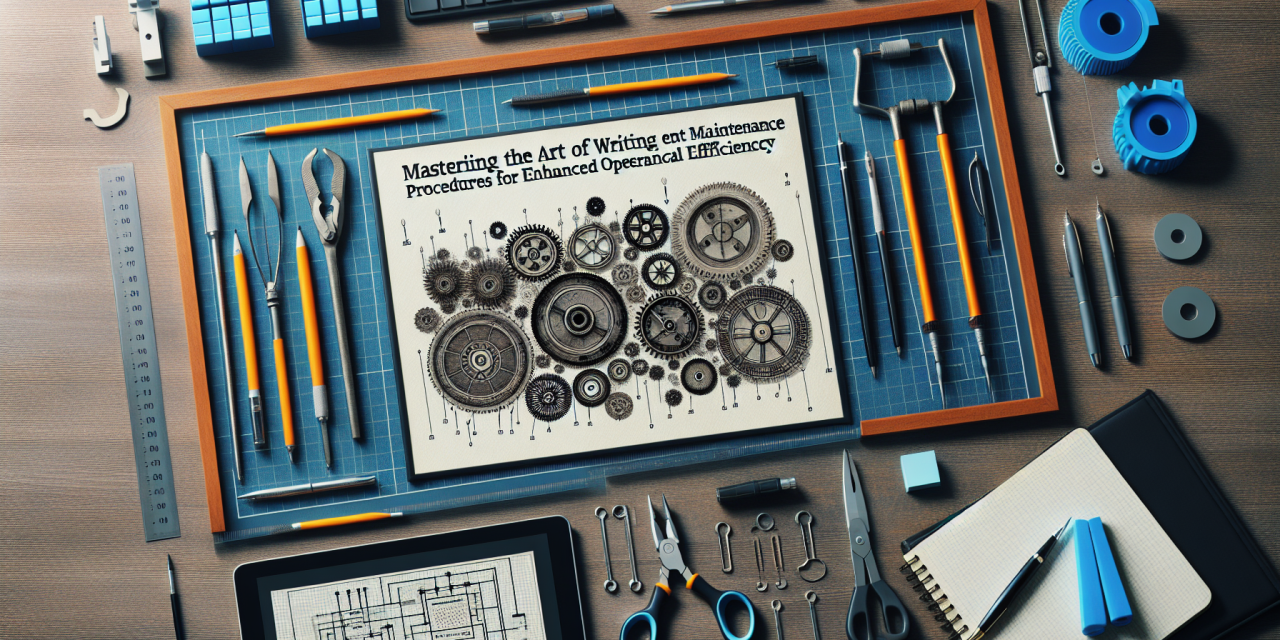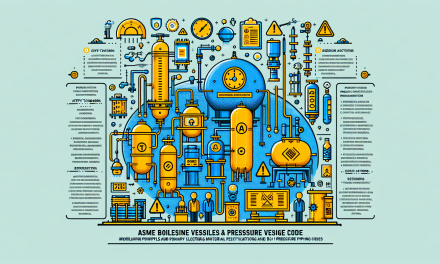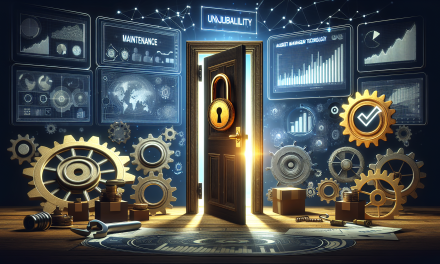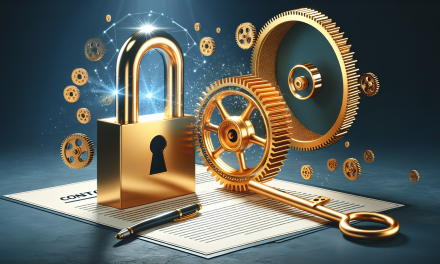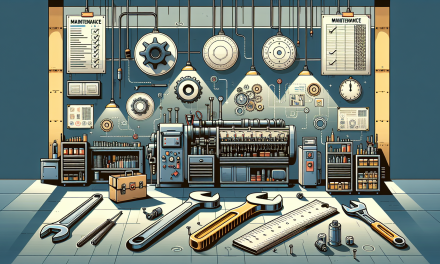Table of Contents
- Understanding Maintenance Procedures
- The Importance of Effective Maintenance Procedures
- Key Components of Maintenance Procedures
- Writing Effective Maintenance Procedures
- Implementing Maintenance Procedures
- Common Mistakes to Avoid
- FAQs
- Conclusion
Understanding Maintenance Procedures
Maintenance procedures outline the systematic processes needed to ensure the smooth operation of equipment and assets in any organization. By defining steps for various maintenance activities, these procedures play a crucial role in minimizing downtime, optimizing performance, and enhancing safety standards. Organizations across all industries can derive significant benefits from having clearly articulated maintenance procedures that guide their teams through routine tasks, inspections, repairs, and replacements.
The Importance of Effective Maintenance Procedures
Establishing effective maintenance procedures serves several purposes. First and foremost, it helps to mitigate risks associated with equipment failure, which can lead to costly downtime and safety incidents. Furthermore, these procedures establish standardized practices that enhance efficiency and productivity within teams. Teams engaged in maintenance tasks rely on clear instructions that allow them to perform their duties with confidence and precision.
Moreover, effective maintenance procedures encourage compliance with industry regulations and company policies. Regular audits and inspections streamline processes, ensuring that the organization adheres to legal and regulatory standards while maintaining a transparent operational environment.
Boosting Team Morale and Confidence
Another often-overlooked benefit of effective maintenance procedures is their role in improving team morale. When teams understand their responsibilities and have access to well-written procedures, they can execute their tasks more efficiently. This clarity reduces frustration, fosters collaboration, and empowers teams to take ownership of their work.
Key Components of Maintenance Procedures
To write effective maintenance procedures, it is essential to understand the critical components that should be included:
1. Title and Purpose
The title should clearly state the procedure being described, while the purpose explains why the procedure is important and its intended outcomes. For instance, a title like “Weekly Inspection of HVAC Systems” indicates the focus, while the purpose could highlight performance optimization.
2. Scope and Applicability
Defining the scope clarifies who the procedure applies to and the conditions under which it should be followed. This section ensures that all personnel understand their role and responsibilities regarding the procedure.
3. Responsibilities
Outlined responsibilities specify who will carry out each task involved. This helps in assigning accountability and ensuring all tasks are completed without redundancies or overlaps.
4. Procedure Steps
Clearly defined steps guide users through each task sequentially. This section should be detailed, with clear instructions and illustrations where necessary, ensuring users can follow the procedure without confusion.
Writing Effective Maintenance Procedures
Writing effective maintenance procedures is both an art and a science. Here are some valuable tips to consider:
1. Use Clear and Concise Language
When drafting maintenance procedures, use clear and concise language that anyone can understand. Avoid jargon and overly technical terms unless they are essential. Moreover, opt for active voice to enhance readability and engagement. For example, instead of saying “The equipment should be inspected,” say, “Inspect the equipment.”
2. Incorporate Visual Aids
Visuals such as diagrams, flowcharts, and images can significantly improve the understanding of maintenance procedures. Incorporating these aids helps to break down complex processes and cater to different learning styles.
3. Include Safety Information
Clearly outline safety precautions and personal protective equipment (PPE) required for each procedure. By doing so, teams can maintain a high safety standard while performing maintenance tasks.
4. Regularly Review and Update
Establish a routine for reviewing and updating maintenance procedures. As equipment and technologies evolve, so too should procedures. Regular reviews ensure that the procedures remain relevant and effective.
Implementing Maintenance Procedures
After crafting effective maintenance procedures, implementing them is the next crucial step. Here are key strategies for successful implementation:
1. Training and Development
Train all employees on the newly implemented maintenance procedures. Conduct workshops and training sessions to walk your team through the steps. Provide opportunities for hands-on practice to reinforce learning.
2. Monitor Compliance
Monitor adherence to the procedures after implementation. Regularly evaluate the team’s performance and provide feedback. When deviations occur, ensure to address them promptly and provide corrective actions.
3. Leverage Technology
Utilizing technology can streamline maintenance processes. Implement software solutions to help track maintenance schedules, manage work orders, and monitor compliance across teams. For additional insights on technology best practices for operational excellence, check out this article on asset management technology.
Common Mistakes to Avoid
Avoiding common pitfalls can improve the effectiveness of maintenance procedures. Here are some mistakes to watch for:
1. Lack of Clarity
Ensure that each procedure provides clear instructions. Ambiguities may lead to errors and unsafe practices, negatively impacting productivity and safety.
2. Overlooking Updates
Failing to update procedures can result in obsolete practices that may jeopardize operational efficiency and safety.
3. Not Involving Relevant Personnel
Involving employees who perform the tasks is essential. Their insights can enhance the procedure’s relevance and applicability.
FAQs
What is the main purpose of maintenance procedures?
The primary purpose of maintenance procedures is to outline systematic steps for maintaining equipment and assets, ensuring optimal performance, safety, and minimizing downtime.
How often should maintenance procedures be reviewed?
Organizations should aim to review maintenance procedures at least annually or whenever there are significant changes in equipment, technology, or regulations.
Can you recommend additional resources for writing maintenance procedures?
Absolutely! For more in-depth knowledge, consider exploring resources like the Effective Maintenance Procedure Writing Certification Course, which covers best practices and strategies for writing effective procedures.
Conclusion
Writing effective maintenance procedures is an essential skill that leads to enhanced operational efficiency,Safety, and improved team morale. By understanding the critical components of maintenance procedures, employing clear writing techniques, and continuously reviewing and updating these documents, organizations can significantly enhance their maintenance strategies. To gain even more insights into creating maintenance excellence, visit The Ultimate Guide to Creating Maintenance Excellence Training. With the right knowledge and tools, your team can thrive in maintaining equipment and assets, ultimately contributing to the success of your organization.

